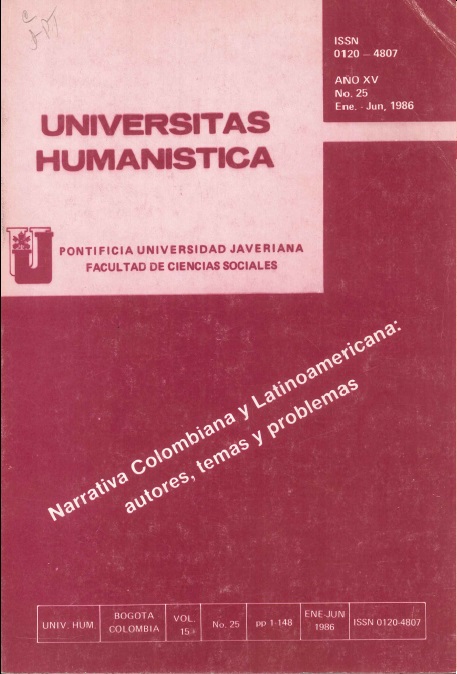Abstract
América se afirma en un Barroquismo desde antes del Barroco europeo e incluso por mucho tiempo después. Una serie de características del arte pre-hispánico coinciden con el Barroco como estilo de época y como espíritu: ruptura del equilibrio y la armonía, movimiento, profusión de contrastes, ritmo tenso, integración del mundo a dimensiones divinas, etc. Henríquez Ureña señala que Latinoamérica persiste en tal forma cuando España la abandona y José Juan Arrom reafirma esta idea al referirse a cinco generaciones Barrocas entre finales del siglo XVI y la primera mitad del siglo XVIII Ahora bien, aunque el Barroco colonial tuvo una valoración positiva desde el mismo siglo XVII en el Apologético de Luis de Espinosa y Medrano, la revaloración moderna empieza con Pedro Henríquez Ureña, quien ubica a Bernardo de Balbuena como el iniciador oficial del Barroco criollo al refundir en síntesis nueva el Culteranismo y Conceptismo españoles.
This journal provides immediate open access to its content on the principle that making research freely available to the public, encourages greater global exchange of knowledge.
The journal Universitas Humanística is registered under a Creative Commons Attribution 4.0 International Public License. Thus, this work may be reproduced, distributed, and publicly shared in digital format, as long as the names of the authors and Pontificia Universidad Javeriana are acknowledged. Others are allowed to quote, adapt, transform, auto-archive, republish, and create based on this material, for any purpose (even commercial ones), provided the authorship is duly acknowledged, a link to the original work is provided, and it is specified if changes have been made. Pontificia Universidad Javeriana does not hold the rights of published works and the authors are solely responsible for the contents of their works; they keep the moral, intellectual, privacy, and publicity rights.
Approving the intervention of the work (review, copy-editing, translation, layout) and the following outreach, are granted through an use license and not through an assignment of rights. This means the journal and Pontificia Universidad Javeriana cannot be held responsible for any ethical malpractice by the authors. As a consequence of the protection granted by the use license, the journal is not required to publish recantations or modify information already published, unless the errata stems from the editorial management process. Publishing contents in this journal does not generate royalties for contributors.


